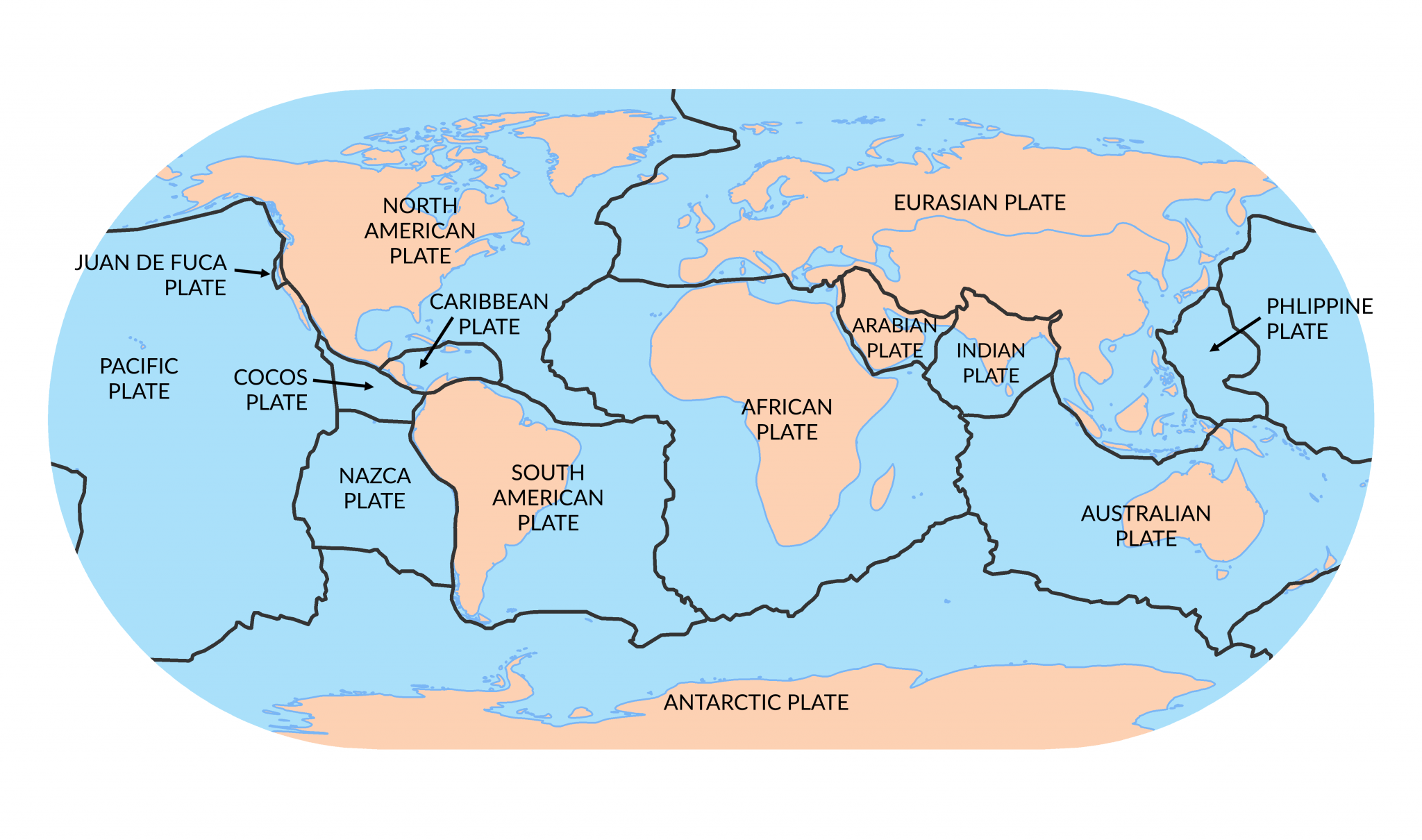Plate tectonics, fossil evidence, geology, mapping, science history. The crust is the solid rock layer upon which we live. Web plate tectonics is a theory about how earth's lithosphere is divided into a series of rigid plates; Discover how to create new mountains, volcanoes, or oceans! Driving forces of plate motion.
Assess the basic lines of evidence supporting plate tectonics. Continental and oceanic plates all fit together to form the outer crust of the planet. Web plate tectonic theory shows that the crust of the earth is split into plates (pieces of the earth’s crust). Web plate tectonics is a theory about how earth's lithosphere is divided into a series of rigid plates;
Web according the theory of plate tectonics, earth's outer shell is made up of a series of plates. Continental and oceanic plates all fit together to form the outer crust of the planet. Each lesson designed to take 2 class periods.
Continental and oceanic plates all fit together to form the outer crust of the planet. Web over 200 million years, pangea broke apart, and the pieces drifted into the continents we know today. Our planet, earth, is made up of different layers. The crust is the solid rock layer upon which we live. The theory, which solidified in the 1960s, transformed the earth sciences by explaining many phenomena, including mountain building events, volcanoes, and earthquakes.
These plates move slowly over the asthenosphere, a layer of softer rock below the lithosphere. The movement of these tectonic plates leads to earthquakes and volcanoes forming. Web the theory of plate tectonics.
Web What Are Tectonic Plates?
Each lesson designed to take 2 class periods. Map of earth's 16 principal tectonic plates. These plates move and interact with one another to produce earthquakes, volcanoes, mountain ranges, ocean trenches and other geologic processes and features. Web plate tectonic theory shows that the crust of the earth is split into plates (pieces of the earth’s crust).
Driving Forces Of Plate Motion.
Identify types of plate boundaries and compare their characteristic earthquake and volcanic activities. Our planet, earth, is made up of different layers. And, how movements of these plates produce earthquakes, volcanoes, ocean trenches, mountain ranges, and more. The oceanic rocks are usually made from basalt, while continental rocks are made from granite.
Set Aside The Model Of Convergent And Divergent Plates To Prepare A New Model For Island.
The crust is the solid rock layer upon which we live. Change temperature, composition, and thickness of plates. The goals of this chapter are to: Plate tectonics, fossil evidence, geology, mapping, science history.
Web Identify The Three Types Of Plate Tectonic Boundaries.
So if the plates move so slowly, how do we know that they move at all? Web according the theory of plate tectonics, earth's outer shell is made up of a series of plates. Explore how plates move on the surface of the earth. The map above shows names and generalized locations of earth's major tectonic plates.
On average, tectonic plates move a few centimeters per year. Web introduction to teaching plate tectonics. In plate tectonics, earth’s outermost. Learn how the theory of plate tectonics has developed, what happens at different plate margins, and the tectonic history of the uk. Our planet, earth, is made up of different layers.


:max_bytes(150000):strip_icc()/tectonic-plates--812085686-6fa6768e183f48089901c347962241ff.jpg)



